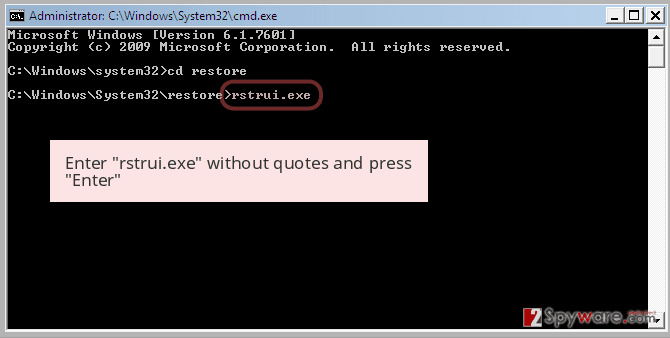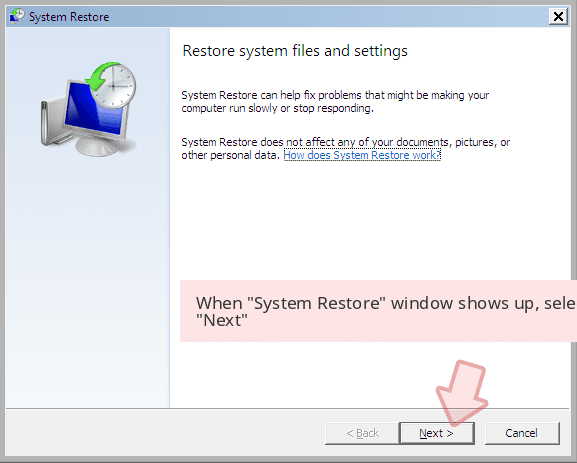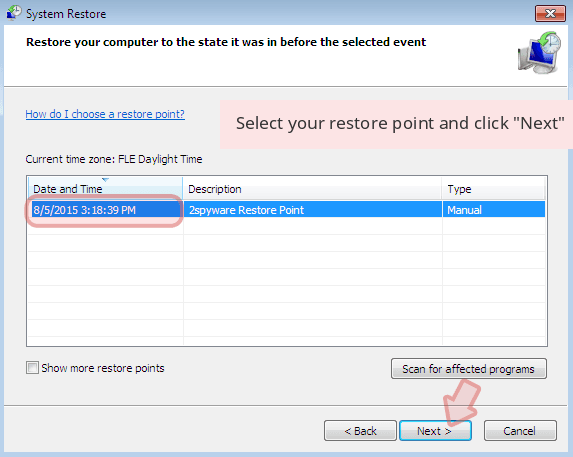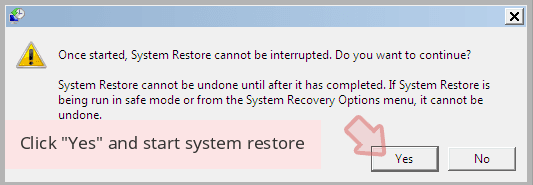VirTool:Win32/RemoteExec (Virus Removal Instructions) - Free Guide
VirTool:Win32/RemoteExec Removal Guide
What is VirTool:Win32/RemoteExec?
VirTool:Win32/RemoteExec – malware detection name used for parasites designed for Windows
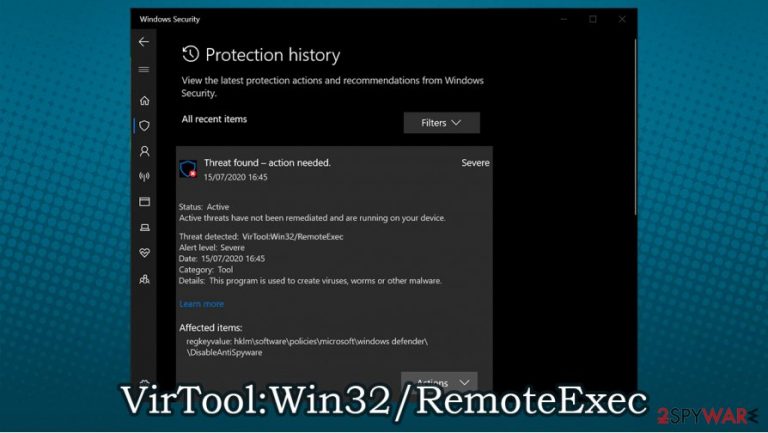
VirTool:Win32/RemoteExec is a heuristic detection name used by Windows Defender for malicious programs that security software might detect on your machine. Designed for Windows 32-bit system, malware's main purposes is to allow the attackers to perform various malicious commands remotely, for example:
- update the Trojan to to the latest version;
- download other malware;
- gather information;
- send out spam, etc.
In other words, the precise functionality of the threat highly depends on which category it belongs to and what the attackers want it to do. Without a doubt, if your security software has detected VirTool:Win32/RemoteExec, you should immediately take steps to eliminate the infection as soon as possible. Otherwise, you might suffer from disastrous consequences – credential theft, intellectual property leak, other malware infection, identity theft, etc.
| Name | VirTool:Win32/RemoteExec |
| Type | Malware |
| Purpose | Provide the attackers an ability for arbitrary code execution |
| Distribution | Malware is typically developed via various methods, although this particular detection might indicate that a remote code execution flaw was used |
| Symptoms | Trojans and similar stealthy malware are usually programmed to operate in the background without emitting any symptoms, so the detection from anti-malware software is the only sign you might experience |
| Dangers | Malware can affect the infected users in various ways – it can steal passwords, banking details, take screenshots, install other malware, encrypt files, etc. |
| Removal | You can use security software to uninstall malicious programs from your system. If Windows Defender is not capable of doing so, you should try a different tool or see if the Detection History bug applies |
| System fix | After malware eliminate, we suggest using FortectIntego for best results |
Cybercriminals are typically sophisticated individuals who use a variety of methods to infect as many users with malware as possible. While the most popular distribution techniques include malspam delivery and repacked software installers, VirTool:Win32/RemoteExec is likely to be delivered via software vulnerabilities,[1] otherwise known as flaws.
Once installed on the system, the virus might perform various invisible changes, such as Windows registry modification for persistence, malicious file delivery, OS defenses removal, and much more. These system modifications might remain even after VirTool:Win32/RemoteExec removal, resulting in crashes, lag, errors, BSODs,[2], and other issues. If you experience them, you should employ FortectIntego or a similar repair tool to fix problems that could have been created by the malware.
One of the main problems with generic detections is that they might not always be accurate, thus resulting in false-positives. This means that security software might detect legitimate third-party software files as malicious, despite them being secure. It happens due to the behavioral analysis principle that is often used for such detection, which might sometimes mistake a legitimate file or a competent as potentially dangerous.
Besides, many users complained that they were unable to remove VirTool:Win32/RemoteExec permanently, as the security software flagged it as soon as the machine was rebooted or after a particular amount of time has passed. This can happen due to one of two reasons:
- Windows Defender was unable to fully delete the infection;
- Windows Defender detects its history as malware.
The latter is a known bug, where security software is scanning its own detection history folder and it as malware itself. To avoid this, you have to delete the “Detection History” folder, as we explain below.
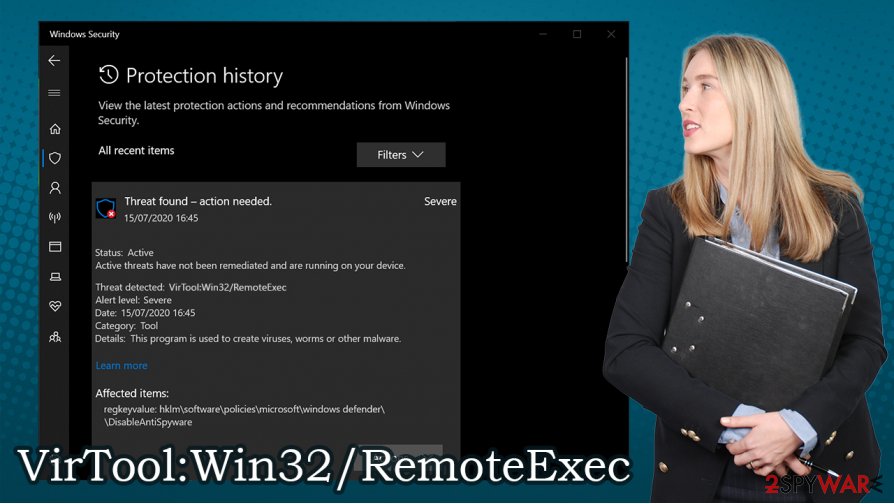
In another scenario where not all malicious components are eliminated, experts[3] strongly advise performing a full system scan with a different anti-malware software, such as SpyHunter 5Combo Cleaner or Malwarebytes. It should double-check Windows and ensure that all the files, along with malware, are deleted permanently.
How cybercriminals exploit known security holes
There are thousands of malware strains that are aimed at either regular computer users or corporations, as well as governmental institutions. The targeted audience also dictates the principles of malware distribution. For example, a well-established ransomware family Djvu exclusively infects home users with the help of pirated program installers and software cracks. In the meantime, Dridex, Ursnif, and Agent Tesla typically focus on highly targeted attacks, where victims are carefully chosen.
Randomly-chosen targets can be just as beneficial as large-scale ones (i.e., companies), as it allows the attackers to mass-harvest data, send spam, proliferate other malware, and much more. For random attacks, email spam is typically chosen – it remains one of the most used malware attack vectors to date, despite security scanners using advanced methods to recognize and warn users about the incoming threats.
Another popular method for malware distribution is exploits and software vulnerabilities. Users who run outdated operating systems or third-party software are mostly affected by this. What makes it particularly dangerous is that the infection occurs automatically, without any user interaction – all potential victims have to do is click on a malicious link or land on a malicious website.
To mitigate exploits, you should always ensure that all software on your machine is up to date, including the operating system. Additionally, a robust security program can ensure that malware stays at bay. It is important to note that no automated security solutions can protect you from all malware, as the volume it is produced at is astounding, and it takes time for security vendors to identify a new threat and add it to the database. Thus, always act carefully when browsing the web or opening email attachments.
Delete VirTool:Win32/RemoteExec for your own safety
VirTool:Win32/RemoteExec removal should not be difficult – if your security software detected it, simply move it to quarantine and then eliminate it for good. If you did not have a security program installed before and the infection was already detected on your machine, you should follow the on-screen instructions and eliminate it at once. Besides, you should also change all your passwords and monitor your online banking to ensure that malicious actors did not manage to break into your important accounts.
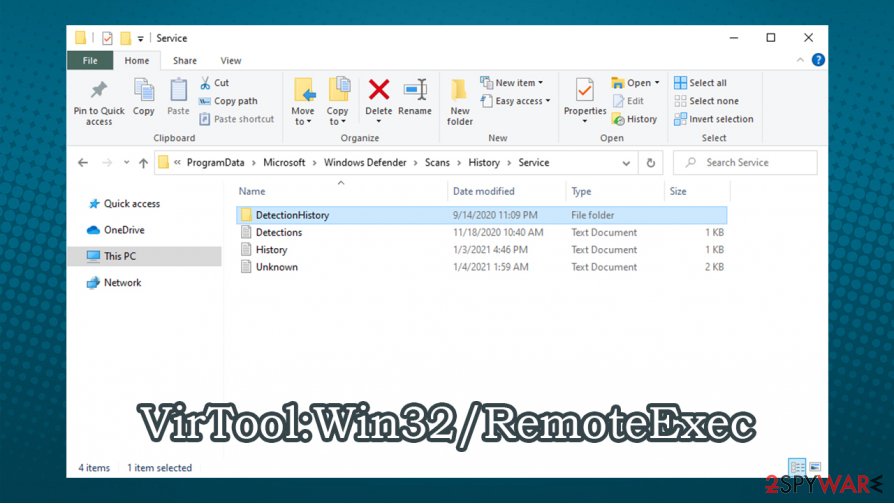
If you can't remove VirTool:Win32/RemoteExec virus because it keeps coming back, you should access the following folder and delete the “Detection History” folder:
C:\ProgramData\Microsoft\Windows Defender\Scans\History\Service
Finally, if the detection occurred due to a seemingly legitimate file, you should download SpyHunter 5Combo Cleaner or Malwarebytes and perform a repeated scan on your machine to ensure that it is indeed a false-positive. Also, after the threat is gone, you can employ FortectIntego for system damage fixing.
Getting rid of VirTool:Win32/RemoteExec. Follow these steps
Manual removal using Safe Mode
In case of malware is difficult to eliminate, you should access Safe Mode with Networking and perform a full system scan from there:
Important! →
Manual removal guide might be too complicated for regular computer users. It requires advanced IT knowledge to be performed correctly (if vital system files are removed or damaged, it might result in full Windows compromise), and it also might take hours to complete. Therefore, we highly advise using the automatic method provided above instead.
Step 1. Access Safe Mode with Networking
Manual malware removal should be best performed in the Safe Mode environment.
Windows 7 / Vista / XP
- Click Start > Shutdown > Restart > OK.
- When your computer becomes active, start pressing F8 button (if that does not work, try F2, F12, Del, etc. – it all depends on your motherboard model) multiple times until you see the Advanced Boot Options window.
- Select Safe Mode with Networking from the list.
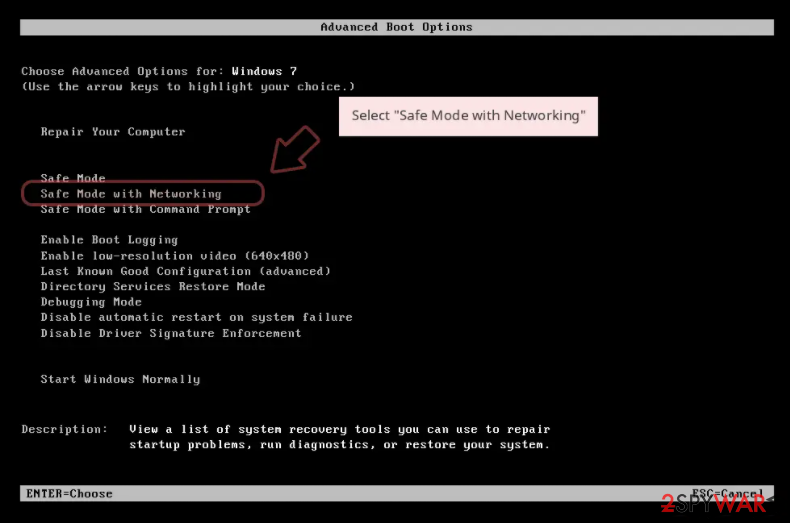
Windows 10 / Windows 8
- Right-click on Start button and select Settings.
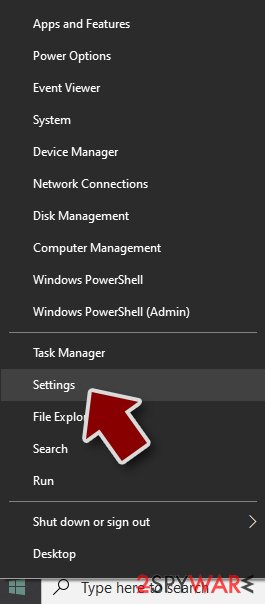
- Scroll down to pick Update & Security.
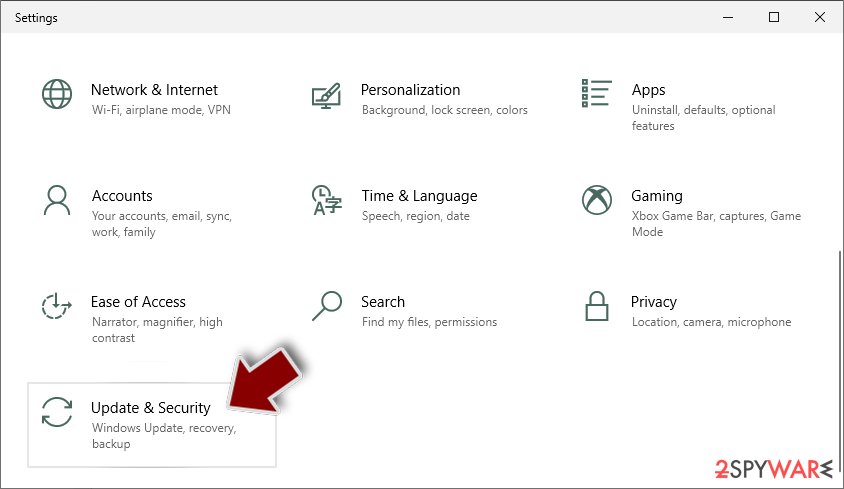
- On the left side of the window, pick Recovery.
- Now scroll down to find Advanced Startup section.
- Click Restart now.
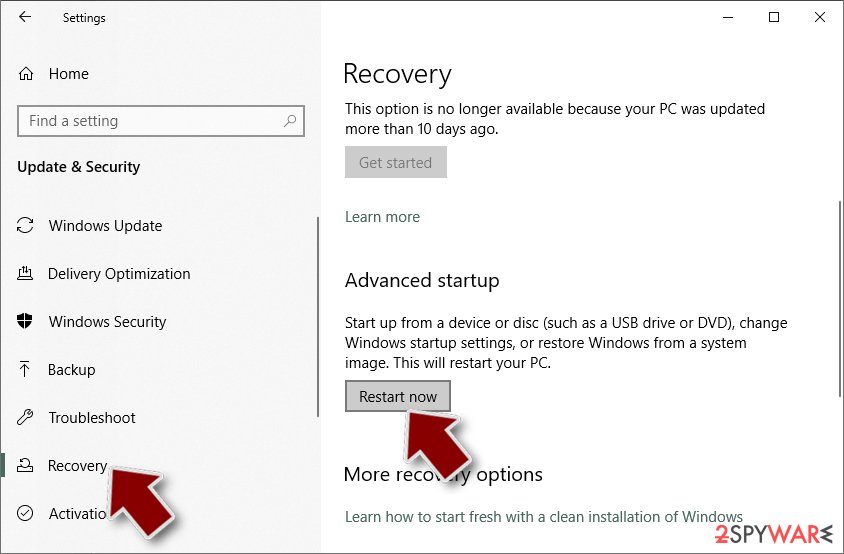
- Select Troubleshoot.
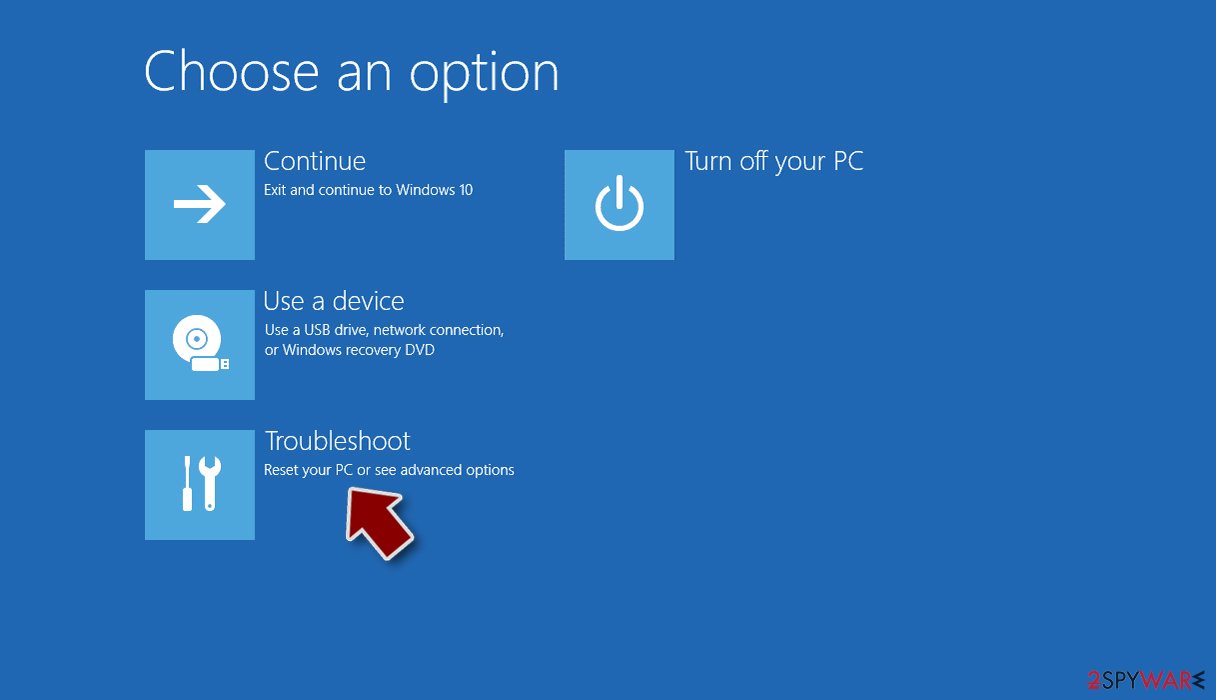
- Go to Advanced options.
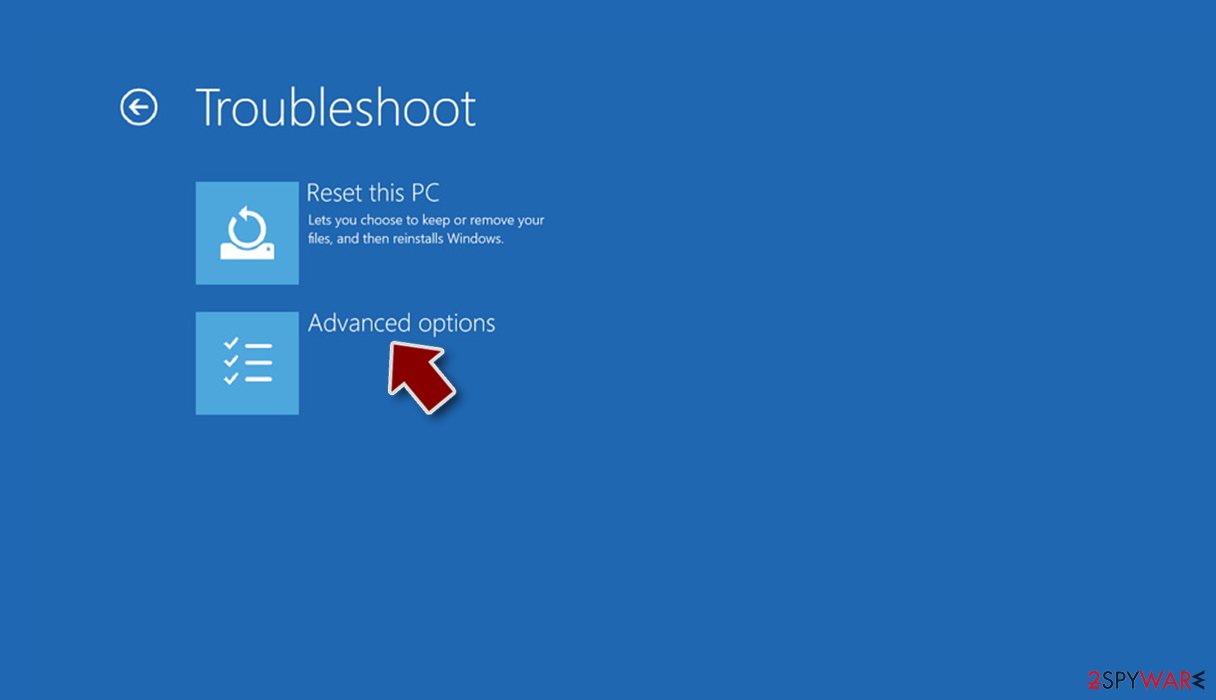
- Select Startup Settings.
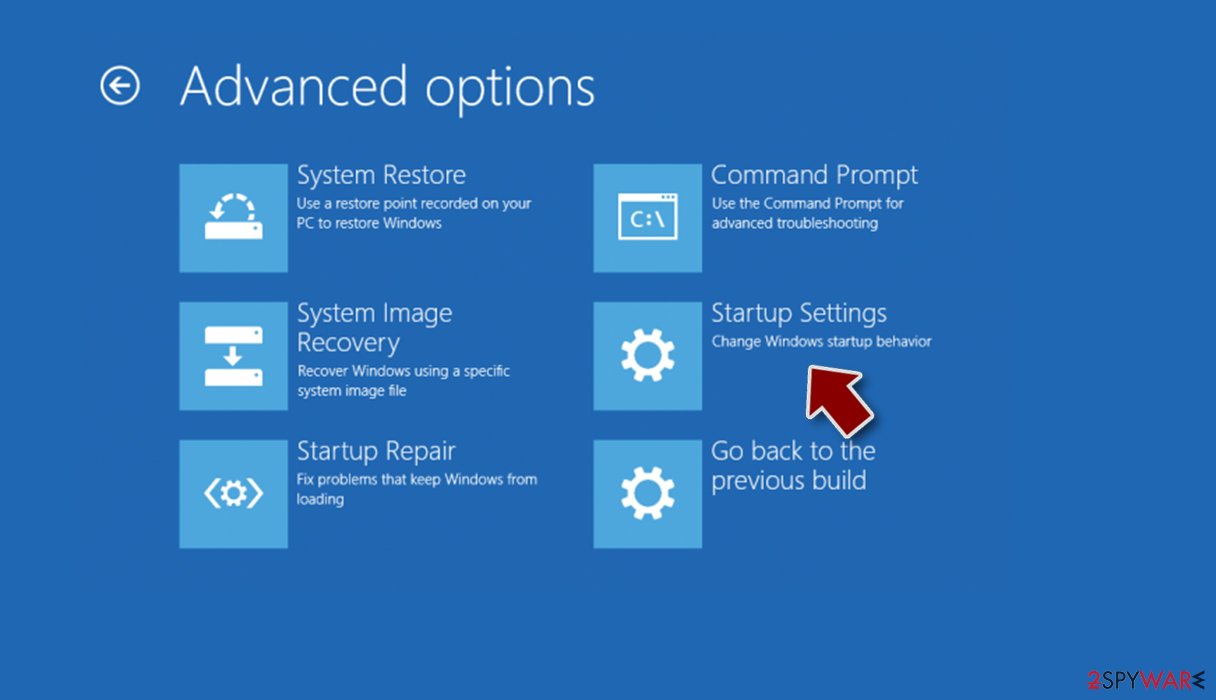
- Press Restart.
- Now press 5 or click 5) Enable Safe Mode with Networking.
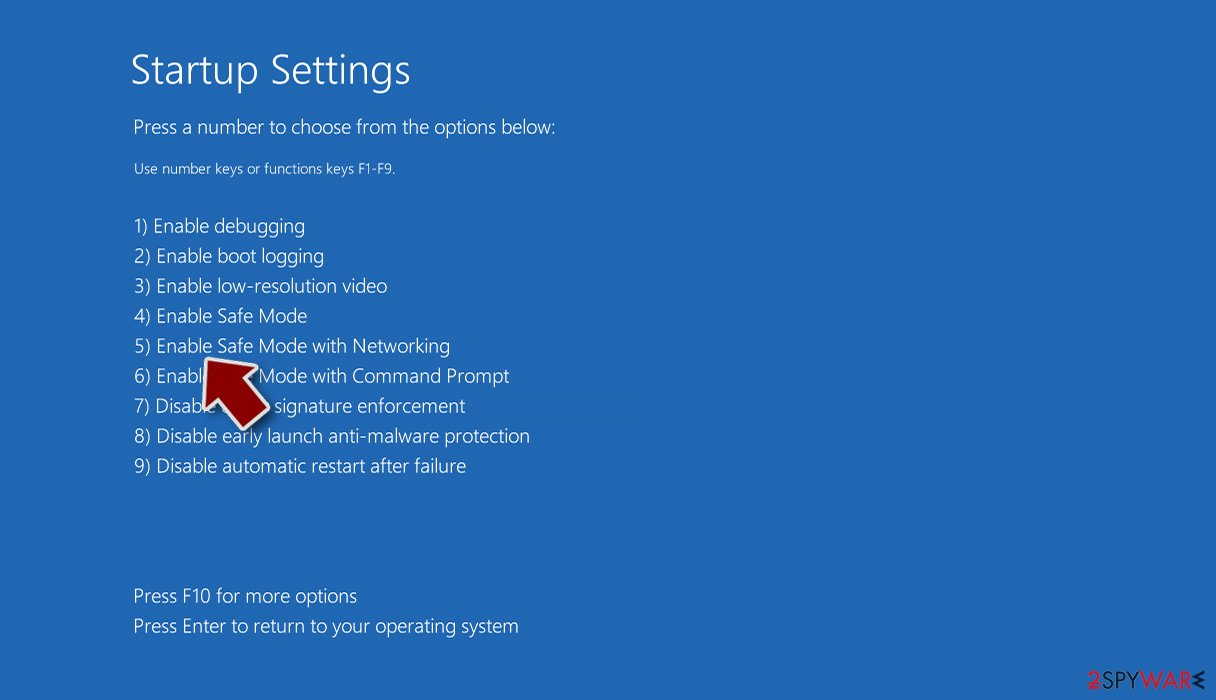
Step 2. Shut down suspicious processes
Windows Task Manager is a useful tool that shows all the processes running in the background. If malware is running a process, you need to shut it down:
- Press Ctrl + Shift + Esc on your keyboard to open Windows Task Manager.
- Click on More details.
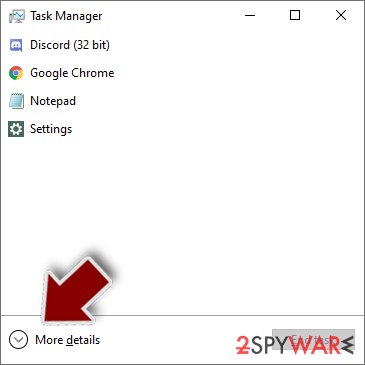
- Scroll down to Background processes section, and look for anything suspicious.
- Right-click and select Open file location.
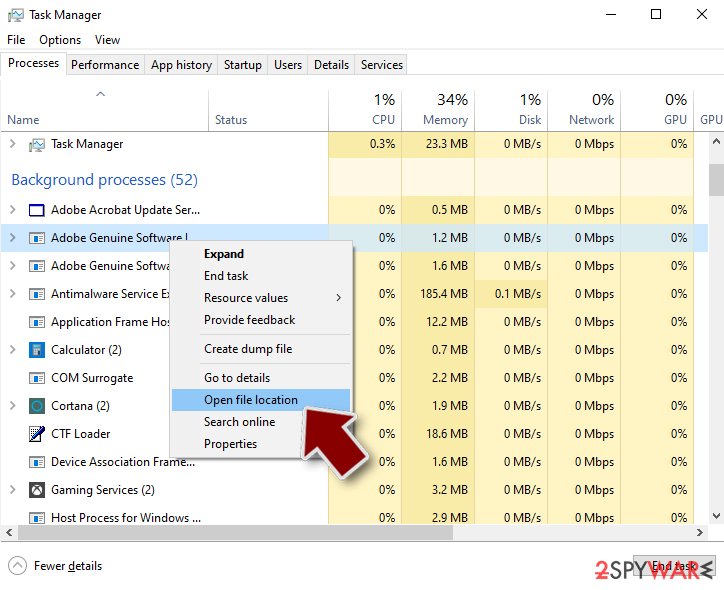
- Go back to the process, right-click and pick End Task.
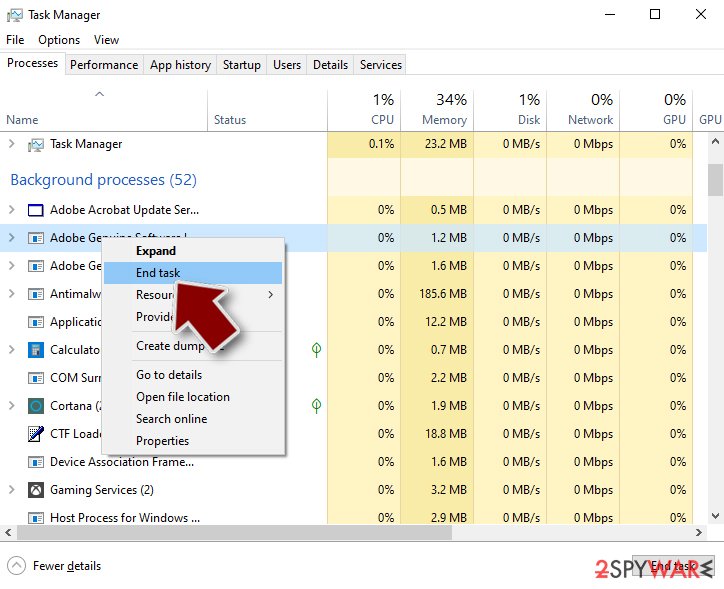
- Delete the contents of the malicious folder.
Step 3. Check program Startup
- Press Ctrl + Shift + Esc on your keyboard to open Windows Task Manager.
- Go to Startup tab.
- Right-click on the suspicious program and pick Disable.
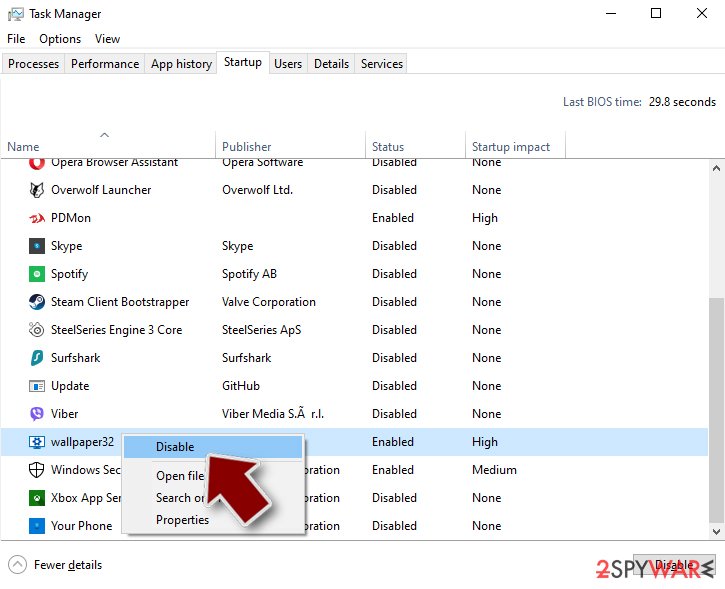
Step 4. Delete virus files
Malware-related files can be found in various places within your computer. Here are instructions that could help you find them:
- Type in Disk Cleanup in Windows search and press Enter.
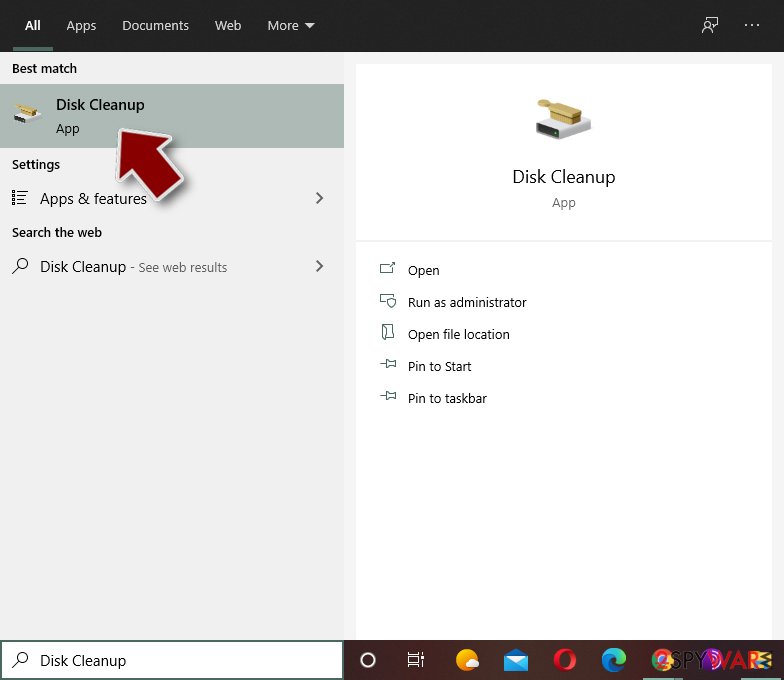
- Select the drive you want to clean (C: is your main drive by default and is likely to be the one that has malicious files in).
- Scroll through the Files to delete list and select the following:
Temporary Internet Files
Downloads
Recycle Bin
Temporary files - Pick Clean up system files.
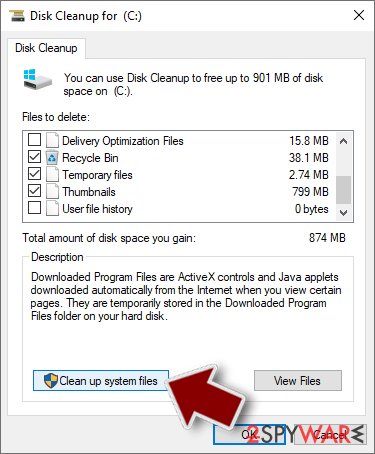
- You can also look for other malicious files hidden in the following folders (type these entries in Windows Search and press Enter):
%AppData%
%LocalAppData%
%ProgramData%
%WinDir%
After you are finished, reboot the PC in normal mode.
Remove VirTool:Win32/RemoteExec using System Restore
In some cases, System Restore might also be useful when trying to deal with a computer infection:
-
Step 1: Reboot your computer to Safe Mode with Command Prompt
Windows 7 / Vista / XP- Click Start → Shutdown → Restart → OK.
- When your computer becomes active, start pressing F8 multiple times until you see the Advanced Boot Options window.
-
Select Command Prompt from the list

Windows 10 / Windows 8- Press the Power button at the Windows login screen. Now press and hold Shift, which is on your keyboard, and click Restart..
- Now select Troubleshoot → Advanced options → Startup Settings and finally press Restart.
-
Once your computer becomes active, select Enable Safe Mode with Command Prompt in Startup Settings window.

-
Step 2: Restore your system files and settings
-
Once the Command Prompt window shows up, enter cd restore and click Enter.

-
Now type rstrui.exe and press Enter again..

-
When a new window shows up, click Next and select your restore point that is prior the infiltration of VirTool:Win32/RemoteExec. After doing that, click Next.


-
Now click Yes to start system restore.

-
Once the Command Prompt window shows up, enter cd restore and click Enter.
Finally, you should always think about the protection of crypto-ransomwares. In order to protect your computer from VirTool:Win32/RemoteExec and other ransomwares, use a reputable anti-spyware, such as FortectIntego, SpyHunter 5Combo Cleaner or Malwarebytes
How to prevent from getting malware
Do not let government spy on you
The government has many issues in regards to tracking users' data and spying on citizens, so you should take this into consideration and learn more about shady information gathering practices. Avoid any unwanted government tracking or spying by going totally anonymous on the internet.
You can choose a different location when you go online and access any material you want without particular content restrictions. You can easily enjoy internet connection without any risks of being hacked by using Private Internet Access VPN.
Control the information that can be accessed by government any other unwanted party and surf online without being spied on. Even if you are not involved in illegal activities or trust your selection of services, platforms, be suspicious for your own security and take precautionary measures by using the VPN service.
Backup files for the later use, in case of the malware attack
Computer users can suffer from data losses due to cyber infections or their own faulty doings. Ransomware can encrypt and hold files hostage, while unforeseen power cuts might cause a loss of important documents. If you have proper up-to-date backups, you can easily recover after such an incident and get back to work. It is also equally important to update backups on a regular basis so that the newest information remains intact – you can set this process to be performed automatically.
When you have the previous version of every important document or project you can avoid frustration and breakdowns. It comes in handy when malware strikes out of nowhere. Use Data Recovery Pro for the data restoration process.
- ^ Vulnerability (computing). Wikipedia. The free encyclopedia.
- ^ Chris Hoffman. Everything You Need To Know About the Blue Screen of Death. How-To Geek. Site that explains technology.
- ^ Senzavirus. Senzavirus. Cybersecurity news and malware insights.



